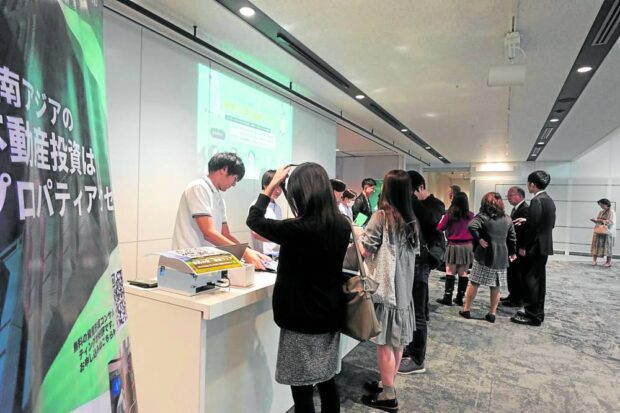In recent years, there has been a growing trend of Japanese investors exploring real estate opportunities in the Philippines. My company, PropertyAccess, has been facilitating real estate transactions between Japan and the Philippines since 2017, and during this time we have gathered a great deal of feedback from Japanese clients about why they chose the Philippines as a real estate investment destination.
Location
Hiroki Kazato is the CEO and co-founder of PropertyAccess, and has been travelling to the Philippines for almost a decade. According to him, the Philippines is growing steadily as a preferred investment location for Japanese businesses.
“The Philippines is the closest Southeast Asian country to Japan and is only a few hours away. Many large Japanese companies continue to promote investments in all areas, from infrastructure and real estate to manufacturing and logistics. It is a country where individual investors can see this and invest with confidence.”
Demographics
The demographics of both countries could not be more different, with Japan having an average age of 48.4 years (the world’s oldest), whilst the Philippines has an average age of 25 years.
Naoyuki Takeda, the corporate officer and senior asset manager for PropertyAccess, has made many trips with Japanese real estate investors to both Manila and Cebu, and has some observations on the population.
“The average age in the Philippines is 25 years old, half of Japan. Japanese visitors to the Philippines are exposed to its vibrancy and potential, confirming that investments in the country’s future will yield solid returns.”
Growth
The Philippine real estate sector has experienced extreme growth over the past decade, with the rental yield percentage commonly hovering over 7 percent per annum. Further to this, large scale masterplanned developments, such as BGC, have begun to attract international attention and change outsiders’ perceptions.
At our recent International Property and Investment Conference in Shinjuku, Tokyo, a potential real estate investor was asked for his honest opinion of Philippine real estate. His answer was: “The Philippines is, to be honest, quite different from my image—it’s growing tremendously. In fact, it’s either Malaysia or the Philippines, but the Philippines, I have a lot of friends there, so a lot of information comes in, and it’s completely different from the image we had of the Philippines. It’s easy to live in, and Filipinos get along well with Japanese people, so in that sense, the Philippines might be a good option.”
Favorable Payment Terms
Philippine property developers often offer favorable payment terms to attract international investors, including Japanese buyers. Flexible payment options, installment plans, and reasonable (or zero) down payments contribute to making real estate investments in the Philippines more accessible and appealing for foreign investors.
Our Japanese clients are overwhelmingly interested in real estate investment, rather than personal use. As such, the numbers and yield calculations are very important, along with the location. They are also long-term buyers and prefer not to flip, but to hold the property for as long as possible.
There will always be challenges with international real estate investment, especially in a post-Covid world. The Japanese economy has weakened in recent months, and some areas of Philippine real estate remain affected by post-Covid blues. However, the low interest rates on loans in Japan, coupled with a number of exciting new property developments in Manila slated for launch in 2024, will ensure that real estate transactions between the two countries will continue to grow well into the future.
The Philippines is growing steadily as a preferred investment location for Japanese businesses.
